Which spice and herb reference book.
bellsmom
10 years ago
Related Stories

KITCHEN DESIGN12 Great Kitchen Styles — Which One’s for You?
Sometimes you can be surprised by the kitchen style that really calls to you. The proof is in the pictures
Full Story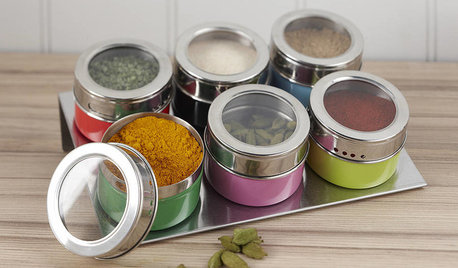
PRODUCT PICKSGuest Picks: Spice Up Your Spice Rack
The right spice rack adds a pinch of style and a dash of functionality to any cook's kitchen
Full Story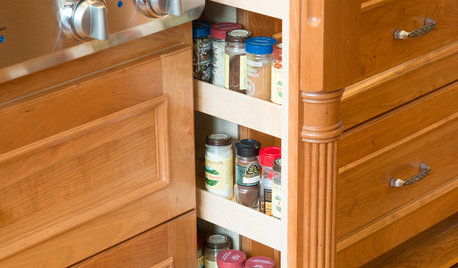
KITCHEN STORAGEHow to Add a Pullout Spice Rack
Keep spices neat and free of kitchen grime by giving them a well-organized home in your cabinets
Full Story
DECORATING GUIDES12 Spaces That Prove There’s Always Room for Books
Be inspired by the bookworms on Houzz who have won the book storage war
Full Story
MOST POPULAR7 Ways to Design Your Kitchen to Help You Lose Weight
In his new book, Slim by Design, eating-behavior expert Brian Wansink shows us how to get our kitchens working better
Full Story
KITCHEN DESIGNPlain-Sight Storage for the Kitchen Stuff You Use Most
Turn essential cookware, tools and even spices into design assets by displaying them out in the open
Full Story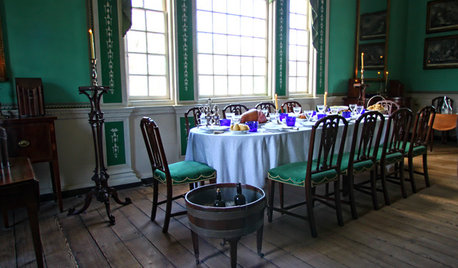
COLORWhen Color Could Kill: Stories From the History of Paint
Delve into paint's storied past — what you learn about its history and modern incarnations may surprise you
Full Story
BOOKSCan Tidying Up Result in Life-Changing Magic?
Organizing phenom Marie Kondo promises big results — if you embrace enormous changes and tough choices
Full Story
ARCHITECTUREDutch Architects Balance the Familiar and the Avant-Garde
Peek inside a 2013 book to see bold new designs for modern living that never forget those living there
Full Story
TASTEMAKERSCatch the Intrepid Design Spirit, Courtesy of Brian J. McCarthy
Crack open the designer's new book and discover how to create interiors that 'crackle with excitement'
Full Story


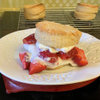

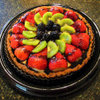
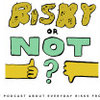
plllog
bellsmomOriginal Author
Related Discussions
Favorite book on herbs for newbie?
Q
Herb Books
Q
adding and changing herbs and spices in stewed tomatos
Q
Herb & Spice Reference Books
Q
lpinkmountain
bellsmomOriginal Author
lpinkmountain
plllog
bellsmomOriginal Author
sleevendog (5a NY 6aNYC NL CA)
plllog
Cloud Swift
plllog
bellsmomOriginal Author
plllog
bellsmomOriginal Author
bellsmomOriginal Author